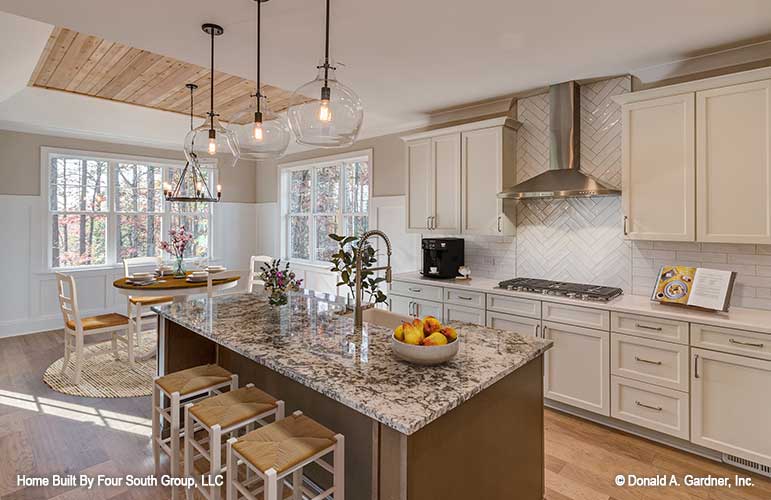
Subway tiles are a classic and versatile option for decorating walls in bathrooms, kitchens, and other spaces. Here’s a guide to subway tiles covering their history, types, installation tips, and design ideas:
1. History:
Subway tiles originated in the early 20th century and gained popularity in New York City subway stations, hence the name. They were chosen for their durability, easy-to-clean surface, and timeless aesthetic.
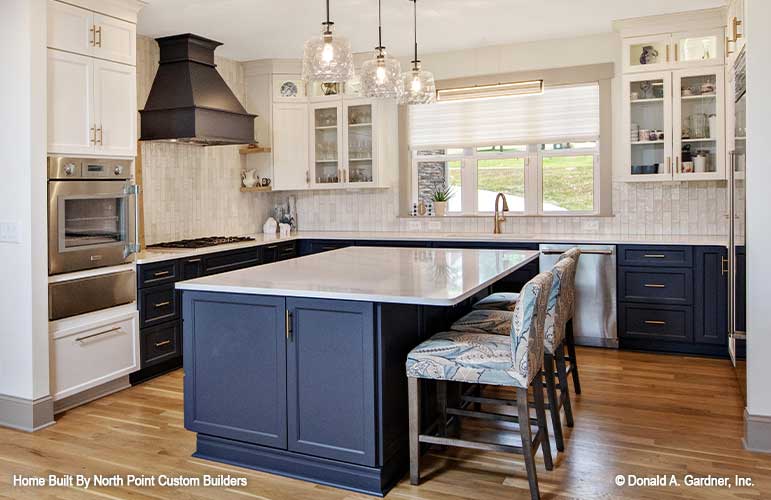
2. Types of Subway Tiles:
- Material: Subway tiles can be made from various materials including ceramic, porcelain, glass, and even natural stone.
- Size: Traditionally, subway tiles are 3×6 inches, but now they come in various sizes like 2×4, 4×8, and more.
- Shapes: While the classic rectangular shape is most common, subway tiles can also come in different shapes such as square, elongated, or beveled.
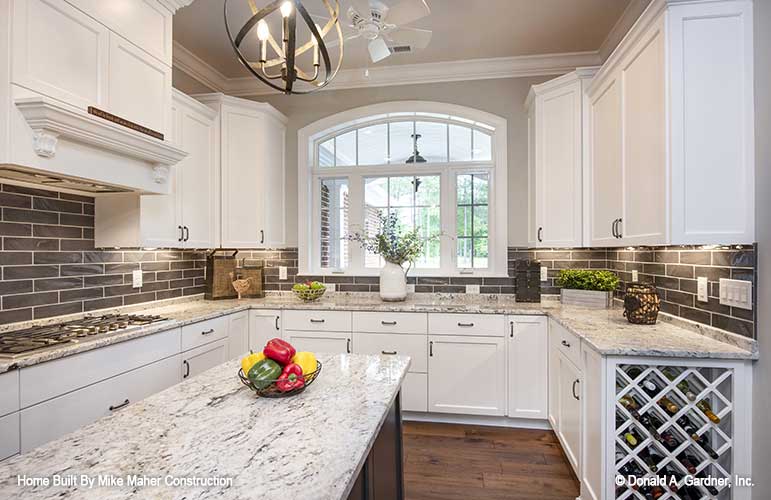
3. Subway Tile Installation Tips:
- Preparation: Ensure the surface is clean, flat, and dry before installation.
- Spacing: Use tile spacers to maintain consistent spacing between tiles for a professional look.
- Adhesive: Choose the appropriate adhesive based on the material of your tiles and the surface they’re being installed on.
- Grouting: After the adhesive has set, apply grout using a rubber float, and then wipe away excess grout with a damp sponge.
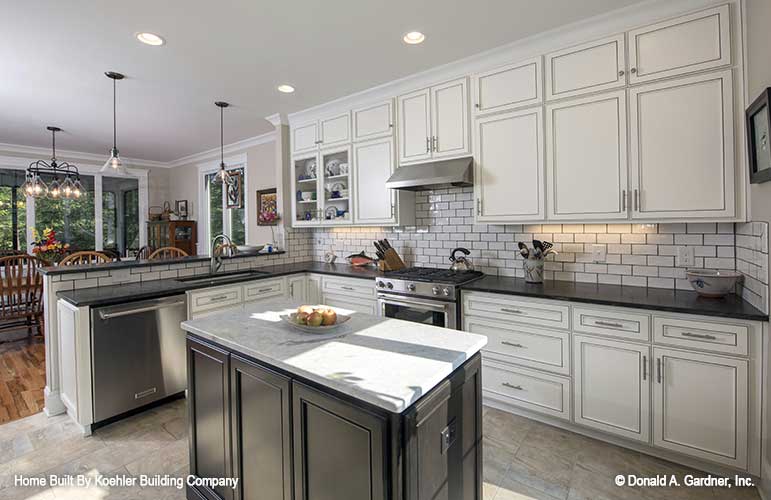
4. Design Ideas:
- Classic White: Create a timeless look with white ceramic subway tiles in a brick pattern.
- Colorful Accents: Add pops of color by incorporating colored subway tiles as accent pieces or borders.
- Herringbone Pattern: Install subway tiles in a herringbone pattern for a unique and visually appealing design.
- Vertical Stacking: Install tiles vertically instead of horizontally for a modern twist on the classic subway tile look.
- Mixed Materials: Combine different materials like glass and ceramic subway tiles to add texture and depth to your design.
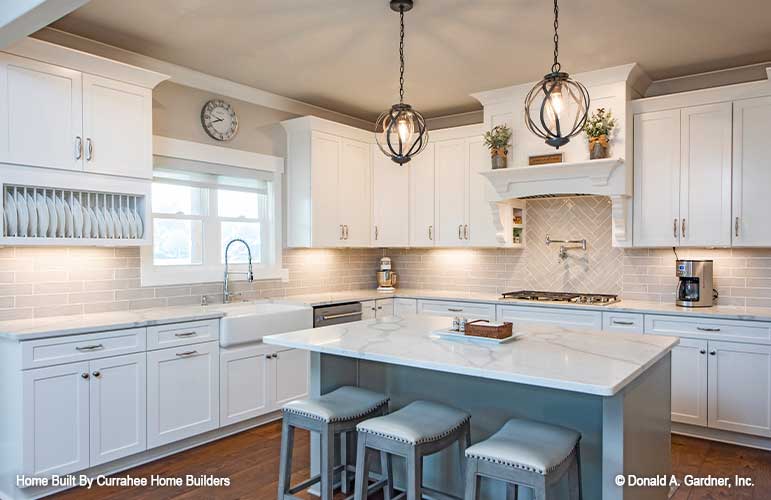
5. Maintenance:
- Regular Cleaning: Wipe down subway tiles regularly with a mild detergent and water to keep them looking fresh.
- Grout Sealing: Seal grout lines annually to prevent staining and discoloration.
- Avoid Harsh Cleaners: Avoid using abrasive cleaners or tools that could scratch or damage the tiles.
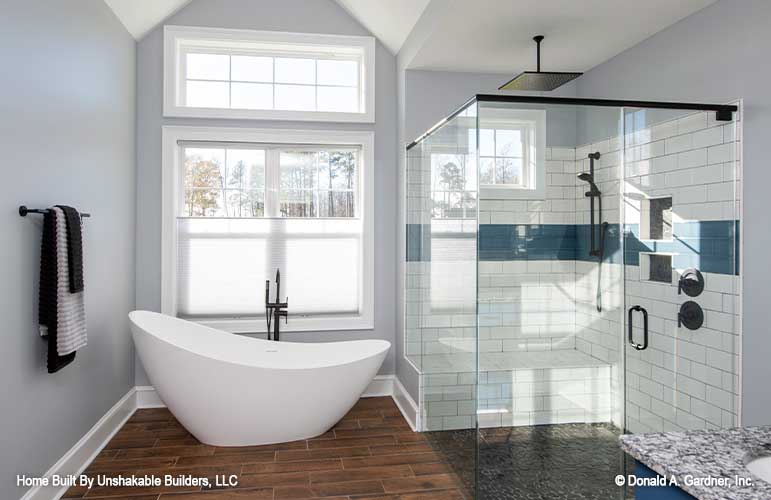
6. Subway Tile Cost Considerations:
- Material: The cost of subway tiles can vary depending on the material, with ceramic being the most affordable option and glass or natural stone being more expensive.
- Installation: Factor in the cost of installation, which can vary based on the complexity of the project and your location.
Subway tiles offer versatility, durability, and timeless appeal, making them a popular choice for a wide range of design styles and spaces. Perfect for kitchen and bathroom design, subway tiles can enhance the aesthetic while providing practical benefits.





